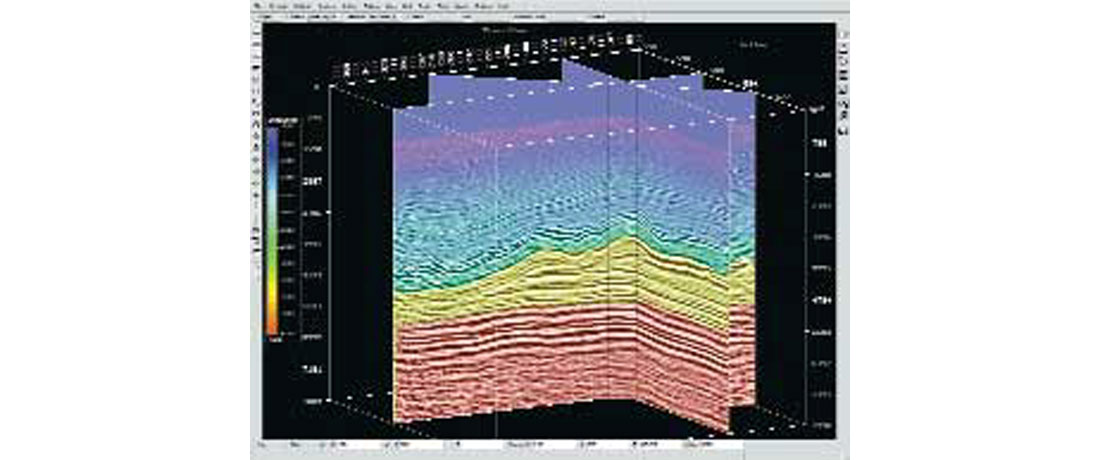Abstract
Seismic waves exhibit fascinating, non-intuitive behaviours in the presence of anisotropy. Seismic anisotropy refers to the characteristic of materials, such as shale-dominated clastics, where the seismic velocity changes with direction of wave propagation. We explore wave-propagation phenomena and their effects on seismic imaging of complex-structure exploration targets below anisotropic strata.
The sideslip effect has been well documented to cause lateral movement of the seismic wavefront and therefore creating lateral-position errors on seismic data (e.g., Dellinger, 1991; Isaac and Lawton, 1999; Vestrum et al, 1999). A previously overlooked seismic-imaging effect is the reflection-point smear that occurs when the lateral-position error changes with offset. This smear effect blurs edges of seismic events–especially if those events are below a shallow-dipping clastic overburden–which can obscure fault truncations on exploration targets.

Even though the smear effect was not fully understood until recently (Isaac and Lawton, 2000; Vestrum, 2002), Tilted Transverse Isotropy (TTI) anisotropic depth migration, when applied prestack, has corrected the smear for years. Forward-model data examples and a previously published dataset from Blackstone, Alberta (Grey et al, 2002), show the anisotropic smear and illustrate how anisotropic depth migration can reduce these effects on the final migrated image.
Improved understanding of anisotropic wave phenomena explains the improvements we see in imaging complex geologic structures with 3D data volumes with the application of anisotropic depth migration. More accurate position of structures and more detail in the thrusted imbricates aids the interpretation of fault-block compartmentalization of the reservoir in an area with duplexing and lateral-ramp features (see Figure 1).

Through a detailed discussion punctuated with complex-structure data examples, we will investigate a variety of cases where anisotropy problems exist, the potential solutions to these problems, and the effectiveness of these solutions in each case.











Join the Conversation
Interested in starting, or contributing to a conversation about an article or issue of the RECORDER? Join our CSEG LinkedIn Group.
Share This Article